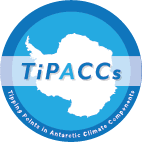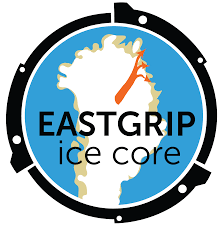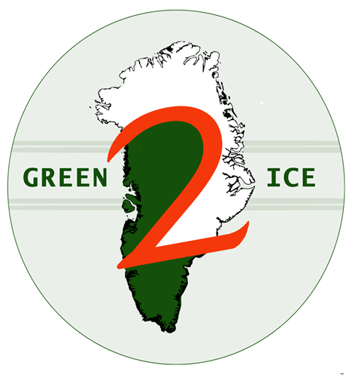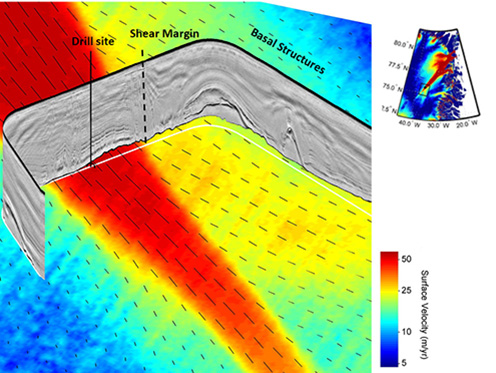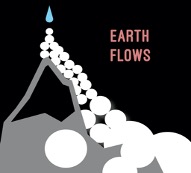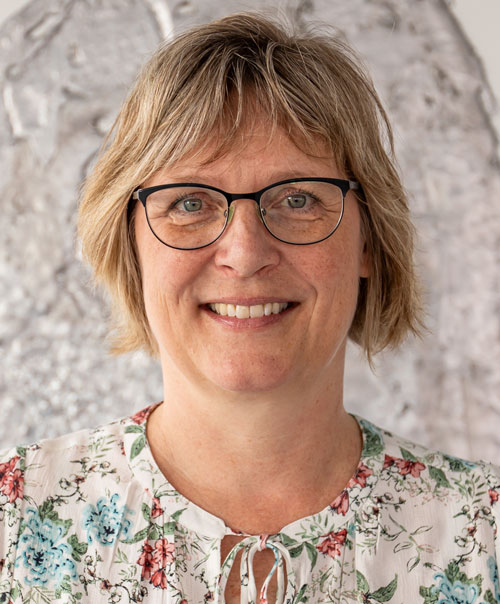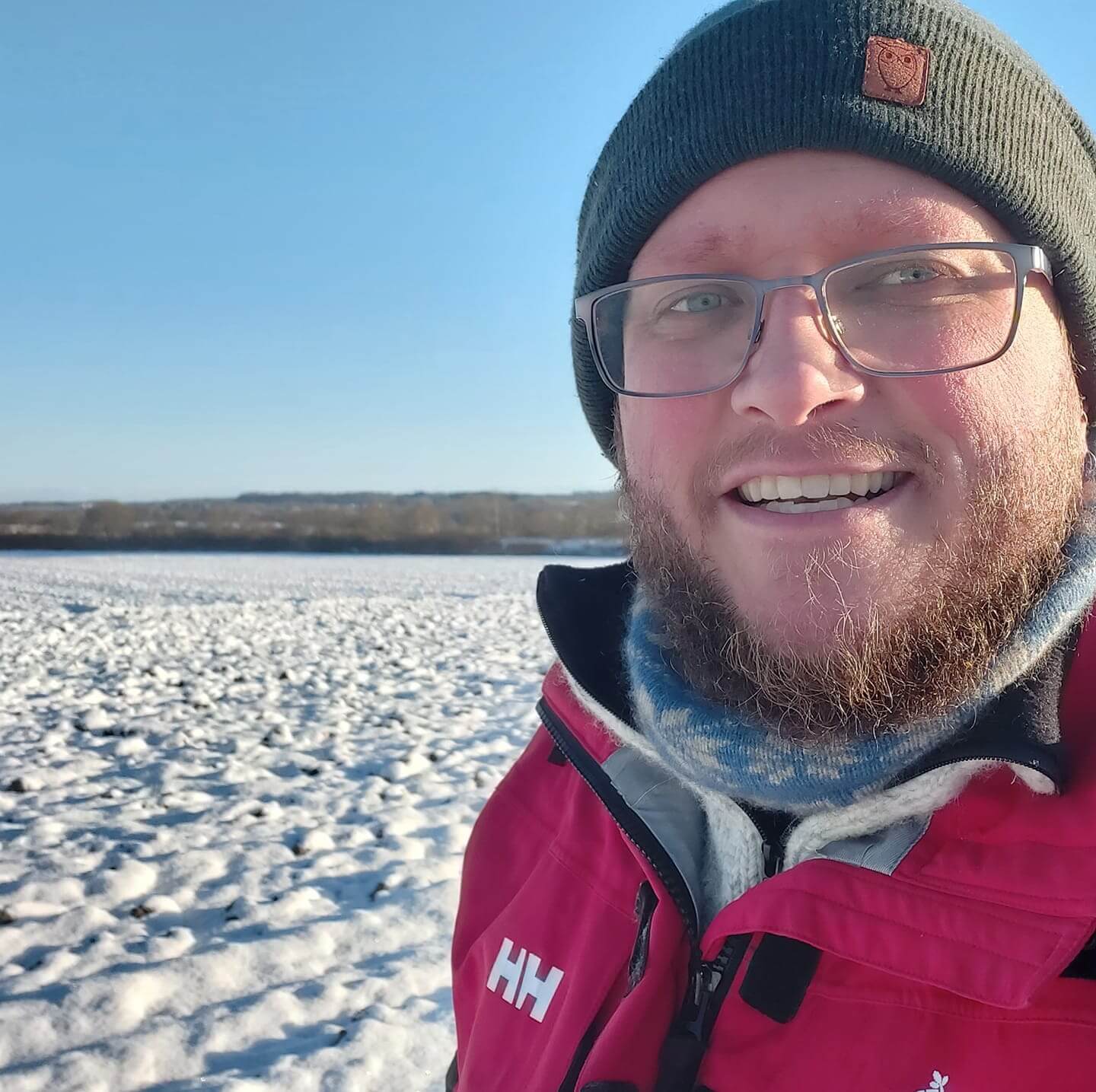PREdicting Changes in Ice Sheets on Earth
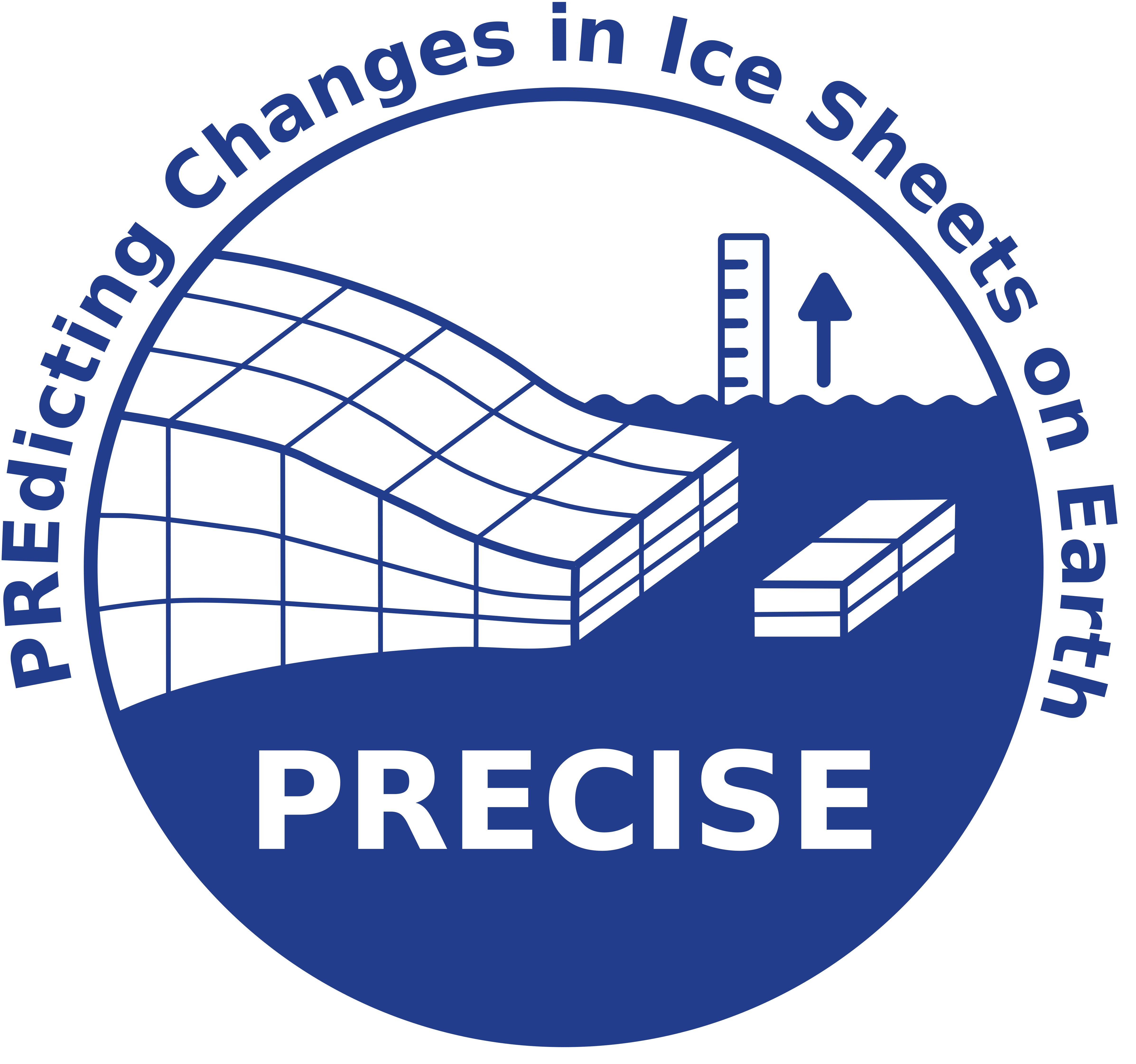 There is considerable uncertainty about how much the sea levels in the world’s oceans will rise in the future – both in the short and long term. The current models used to calculate future sea-level rises are flawed, especially in considering the contribution from the world’s massive ice sheets in Greenland and Antarctica.
There is considerable uncertainty about how much the sea levels in the world’s oceans will rise in the future – both in the short and long term. The current models used to calculate future sea-level rises are flawed, especially in considering the contribution from the world’s massive ice sheets in Greenland and Antarctica.
In this 6-year research project, the researchers at PRECISE will develop and improve models for how the ice sheets contribute to raising the sea level in the world’s oceans. They will achieve this by harnessing existing data and by collecting their own data by monitoring the movements of the ice sheets and precipitation amounts through both satellites and field work in Greenland.
Organisation
PRECISE is funded by the Novo Nordisk Foundation Challenge Programme for Prediction of Climate Change and Effect of Mitigating Solutions for a period of 6 years, starting in September 2023. The project aims to reduce uncertainties in projections of future sea-level rise which is to a large part affected by the ice sheets in Greenland and Antarctica. PRECISE combines the expertise of four research groups for developing new tools which are necessary to advance state-of-the-art ice-sheet modelling and to provide more robust predictions of future sea-level rise for policymakers.
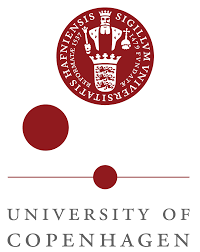 Ice and Climate group at NBI (UCPH)
Ice and Climate group at NBI (UCPH)
Christine Hvidberg
The ice and climate group at NBI is a leading centre in Europe for studies of past and present dynamics of the GrIS using ice-core data in combination with ice-sheet models. The group has expertise in ice sheet flow and mass balance, and has led geophysical surveys in Greenland. Christine Hvidberg and her team are experienced in theoretical and numerical ice-flow modelling combined with data and radarglaciology, sea level projections and data analysis, ocean and climate modelling, field work and logistics related to ice core drilling, innovative development of ice core proxies, and HPC computing.
 Biocomplexity group at NBI (UCPH)
Biocomplexity group at NBI (UCPH)
Joachim Mathiesen
The biocomplexity group at NBI has expertise in modelling the interface between fluids and rocks and their control of tipping points of burst-like dynamics in Earth processes. They are specialized in continuum-scale modelling of deformation, flow and fracture and work on multiphase flow in porous media and on the coupling between flow, material damage and failure in a host of natural systems. The group has expertise in a broad range of numerical methodologies, from discrete and finite element methods to kinetic methods for high performance computation of fluid flow and material deformation. It has developed methods for simulating multiphase systems and the formation of fracture systems.
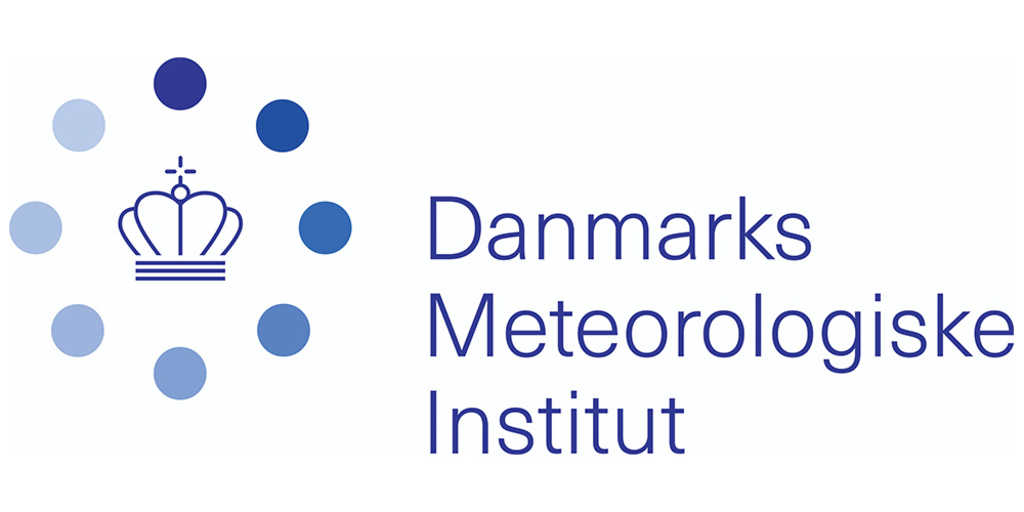 Danish National Climate Research Center (DMI)
Danish National Climate Research Center (DMI)
Ruth Mottram
DMI provides the research underpinning weather service for Greenland, and has expertise in climate modelling on global and regional scales. Ruth Mottram and her team are experts in surface mass balance modelling of ice sheets and have led expeditions to marine outlets in Greenland. The group develops and runs the regional climate model HCLIM with non-hydrostatic (AROME) and mesoscale (ALADIN) physics, developed the CISSEMBEL surface mass balance model for Greenland and Antarctica, previously developed the regional climate model HIRHAM5, and as a member of the EC-Earth consortium have focused on coupling the dynamical ice sheet model PISM into the earth system model. As part of the ACCORD consortium developing the HARMONIE numerical weather prediction model, DMI pioneered the use of AI tools within numerical weather prediction models. DMI is the Danish government’s climate advisor and representative at the IPCC plenaries and delivers essential climate services to stakeholders and authorities through the Danish Climate Atlas, and promote outreach via the Polar Portal.
Department of Geography and Environmental Sciences at Northumbria University (UNN) 
Hilmar Gudmundsson
Hilmar Gudmundsson leads the largest ice-flow modelling group in Europe, with leading expertise in ice-sheet process studies and assessments of ice sheet stability. They are experts in ice-sheet processes and Hilmar Gudmundsson is the developer of the ice flow model Úa, used worldwide. The group has expertise in ice and ocean interactions, ice-shelf buttressing and tipping points of the Greenland and Antarctic ice sheets. The UNN group developed and maintains the coupled ice+ocean model configuration Úa-MITgcm, which is being used in PRECISE, and has recently built the first prototype ocean circulation emulator MELTNET using deep learning tools.
Motivation
Global sea level is rising faster now than at any time during the last several thousand years. Since the 1960s, the rate of global sea level rise has accelerated to be 3.7 mm/yr in 2006-2018, and the increasing loss of ice from glaciers and ice sheets is now the largest contributor to sea level rise. Sea level rise driven by global warming will continue for centuries to come due to continuing ice-sheet melt and deep-ocean thermal expansion, threatening coastal communities across the globe, potentially
flooding additionally 20-380 million people annually by year 2100 and reducing global gross domestic production by up to 9%.
The Greenland ice sheet is the fastest growing contributor to the sea level rise in the last decades, and observed ice-sheet losses track the upper range of the projections. The global mean sea level is projected to rise by 0.28-1.01 metres by year 2100 by the Intergovernmental Panel of Climate Change (IPCC) Sixth Assessment Report (AR6), but higher scenarios due to uncertainties in ice sheet-instability processes cannot be excluded (Figure 1). This results in a metre-scale uncertainty in estimates of sea-level rise, which creates enormous challenges for planning adaptation strategies and assessing mitigation solutions.
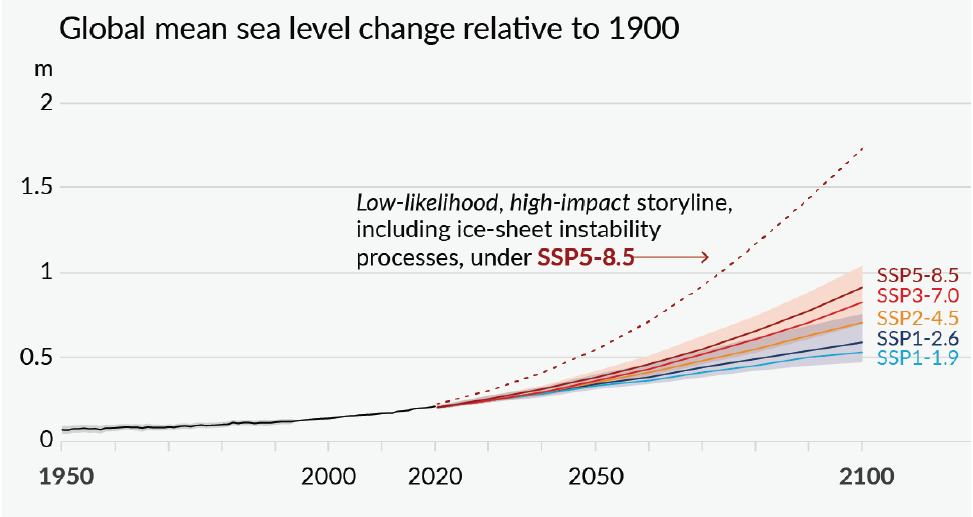
Mass loss from the large ice sheets is driven by surface melting from the Greenland ice sheet, and by melting from underneath floating ice shelves from the Antarctic ice sheet. In the Greenland ice sheet, the interior can reach a tipping point if the retreat of ice-sheet margins continues and reduces the snow accumulation area; the so-called surface mass balance-height feedback. Recent research also indicates that ice sheets, especially the parts of the AIS that rest on a bed below sea level, may be prone to an unstable and irreversible retreat; the so-called Marine Ice Sheet Instability. The high-impact scenario (Figure 1) is based on paleoclimatic data, and assumes a proposed calving hypothesis, the so-called Marine Ice Cliff Instability, which further destabilises the marine margins of the Antarctic ice sheet. While controversial, the mechanism cannot be ruled out, but is yet to be included in the uncertainty estimates from IPCC.
The IPCC AR6’s estimate of the future sea level contribution from ice sheets is based on the ice sheet modelling intercomparison project (ISMIP6). However, the accuracy of these ice sheet models has recently been questioned, as they
systematically underestimate the recent mass loss from the Greenland ice sheet and have a spread much larger than observations for the Antarctic ice sheet. A number of studies have pointed to limitations in the description of the fundamental processes driving ice sheet mass loss related to material physics and interactions with water. These processes are difficult to include in ice sheet models because of their stochastic nature and coupling over a wide range of temporal and spatial scales. Recently, new research has proposed field formulations of ice viscosity and hydrofracture processes that can now be included in ice sheet models, and, importantly, would enable sea level assessments to include these ice sheet-instability processes in their projections.
While several research groups are already actively working on improving ice-sheet models, the focus has so far been on numerical modelling aspects and coupling with climate models, or on tuning results to fit satellite observations. Despite
impressive achievements, only few studies have included knowledge from the paleoclimatic communities, or used in-situ and laboratory data to constrain the model physics to ensure its validity in extreme scenarios far from the current regime.
Relevant data are available, in particular from Greenland, which is the most accessible of the two large ice sheets, making Greenland the obvious data-observation laboratory for advancing the understanding of the mechanisms that lead to ice-sheet-instability processes. The warming in Greenland over the last 3 decades makes it possible to study the effects of increased surface melting on the ice response, and provides an analogue for future warming conditions in Antarctica that cannot be studied in the current climate regime. Furthermore, the combination of a wide range of data from monitoring programmes, ice-core drilling programmes and field expeditions makes it possible to disentangle individual processes and assess their combined effects by statistical data-driven algorithms.
Partners and Collaborators
FLUIDS
Objectives
Objective 1: Reduce uncertainties in the surface mass balance
The surface mass balance, defined as the sum of snowfall and melt, is crucial for investigating ice-sheet evolution. We aim to build a surface mass balance model based on CISSEMBEL, nested in Regional Climate Models, validated by in-situ and satellite data using AI algorithms, and developed to downscale climate model output on an evolving ice sheet geometry, needed for studying ice-sheet collapse. This will efficiently reduce discrepancies between modelled and observed accumulation rates, applied to both the Greenland and Antarctic ice sheets.
Objective 2: Include the physics of damaged and porous materials in ice-sheet models
We will include new material physics in state-of-the-art ice-sheet models to improve ice-dynamical processes needed for assessing uncertainties related to the Marine Ice-Cliff Instability (MICI). We are working on developing phase-field implementations of mechanical damage dynamics, hydrofracturing, evolving viscosity, basal friction, and sliding to be tested and validated against in-situ data from ice cores, radar, passive seismics and satellite observations, and implemented into the ice sheet models Úa and PISM.
Objective 3: Determine the stability regimes and thresholds of the Greenland and Antarctic ice sheets
We will simulate the evolution of the Greenland and the Antarctic ice sheets under different climate warming scenarios using a multi-model approach with stand-alone models and the EC-Earth fully coupled Earth system model. To initialise and validate the models we will use historical and paleoclimatic data to ensure credibility and reduce uncertainties. We will identify the existence of tipping points, pinpoint sensitive areas, and investigate timescales and spatial retreat patterns, depending on the climate forcing and including weather extremes.
Objective 4: Provide robust projections of sea level rise
We will provide projections of sea level rise on both global and regional scales under different climate warming scenarios and mitigation strategies, based on IPCCs Shared Socioeconomic Pathways (SSP) and the ISMIP protocol for the next 100 years, and the CMIP6 runs for the next 300 years. The focus will be on quantifying uncertainties in the ice-sheet contributions including the tail risk and using statistical methods. We will provide an updated assessment of regional sea-level rise to relevant stakeholders.
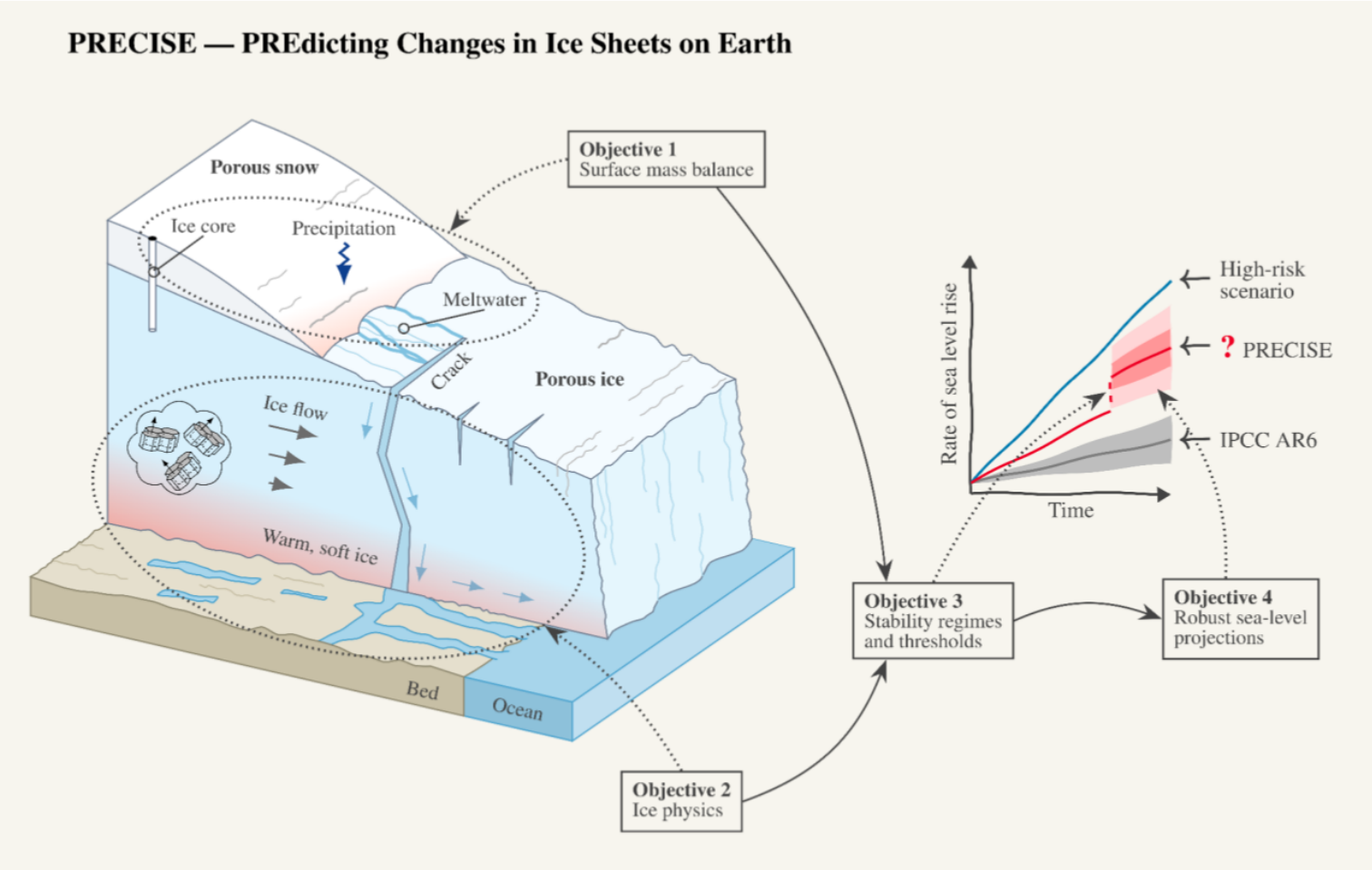
- Grinsted A., Rathmann N. M., Mottram R., Solgaard A. M., Mathiesen J., and Hvidberg, C. S. (2024): Failure strength of glacier ice inferred from Greenland crevasses. The Cryosphere, 18, 1947–1957, doi:10.5194/tc-18-1947-2024
- Hansen, N., Orr, A., Zou, X., Boberg, F., Bracegirdle, T. J., Gilbert, E., Langen, P. L., Lazzara, M. A., Mottram, R., Phillips, T., Price, R., Simonsen, S. B., and Webster, S. (2024): The importance of cloud phase when assessing surface melting in an offline coupled firn model over Ross Ice shelf, West Antarctica, The Cryosphere, 18, 2897–2916, doi:10.5194/tc-18-2897-2024.
- Mottram, R., van den Broeke, M., Meijers, A., Rodehacke, C., Dell, R. L., Hogg, A. E., Davison, B. J. Lhermitte, S., Hansen, N., Torres Alavez, J. A., and Olesen, M. (2024): Determining the freshwater fluxes from Antarctica with earth observation data, models and in-situ measurements: Uncertainties, knowledge gaps and prospects for new advances. Bulletin of the American Meteorological Society, 1-16, doi:10.1175/BAMS-D-24-0002.1
- Nymand, N. F., Lilien, D. A., Gerber, T. A., Hvidberg, C. S., Steinhage, D., Gogineni, S. P., Taylor, D., and Dahl-Jensen, D. (2024): Double reflections in novel polarized radar data reveal ice fabric in the North East Greenland Ice Stream. ESS Open Archive [preprint]. doi:10.22541/au.171987057.70357157/v1
- Puggaard, A., Hansen, N., Mottram, R., Nagler, T., Scheiblauer, S., Simonsen, S. B., Sørensen, L. S., Wuite, J., and Solgaard, A. M.(2024): Bias in modeled Greenland ice sheet melt revealed by ASCAT. EGUsphere [preprint]. doi:10.5194/egusphere-2024-1108
Christine Schøtt Hvidberg, Professor
Leader of PRECISE
Niels Bohr Institute, University of Copenhagen
Tagensvej 16, 2200 København N.
Email: ch@nbi.ku.dk
Phone: +45 353-20563
Joachim Mathiesen, Professor
Niels Bohr Institute, University of Copenhagen
Email: mathies@nbi.ku.dk
Phone: +45 353-25214
Ruth Mottram, Climate Scientist
Danmarks Meteorologiske Institut
Email: rum@dmi.dk
Phone: +45 3915 7488
Hilmar Gudmundsson, Professor
University of Northumbria, Newcastle
Email: hilmar.gudmundsson@northumbria.ac.uk
follow PRECISE on Social Media
Staff
| Name | Title | |
|---|---|---|
| Search in Name | Search in Title | |
| Cook, Eliza | Assistant Professor |
|
| Dahl-Jensen, Dorthe | Professor |
|
| Grinsted, Aslak | Associate Professor |
|
| Hvidberg, Christine Schøtt | Professor |
|
| Jochum, Markus | Professor |
|
| Kjær, Helle Astrid | Associate Professor |
|
| Lindsey-Clark, Josephine Yolanda | PhD Fellow |
|
| Mathiesen, Joachim | Head of Department |
|
| Nuterman, Roman | Research Coordinator |
|
| Nymand, Niels Fabrin | Postdoc |
|
| Rathmann, Nicholas Mossor | Assistant Professor |
|
| Solgaard, Anne Munck | Guest Researcher |
|
| Steffensen, Jørgen Peder | Professor |
|
| Vinther, Bo Møllesøe | Associate Professor |
|






